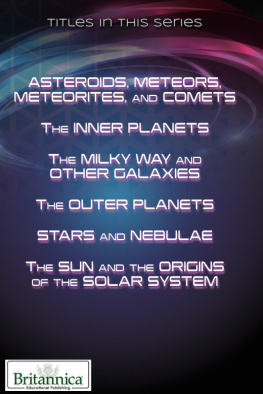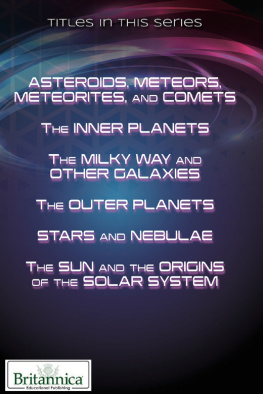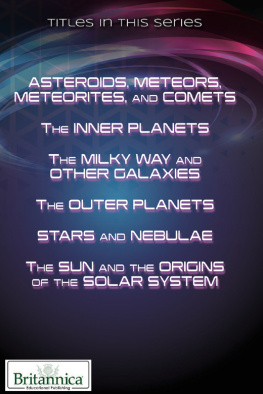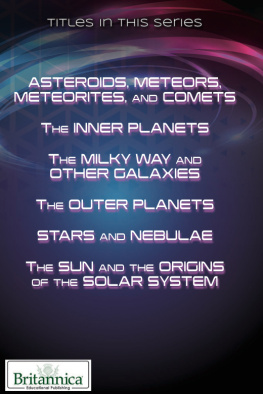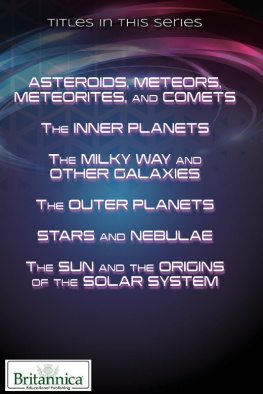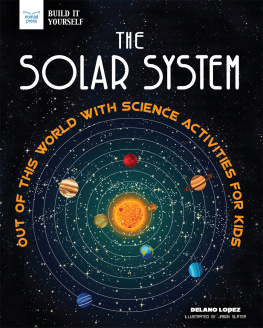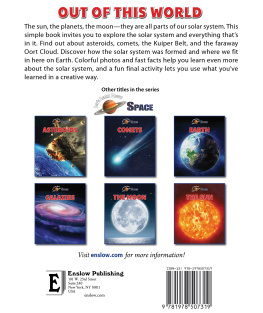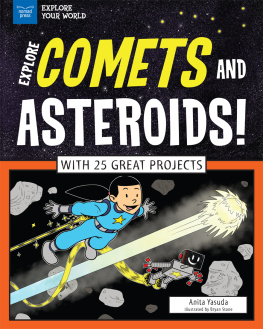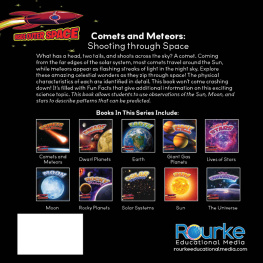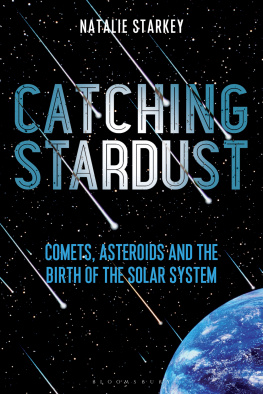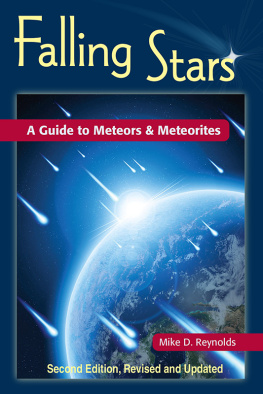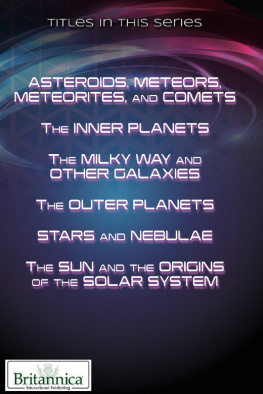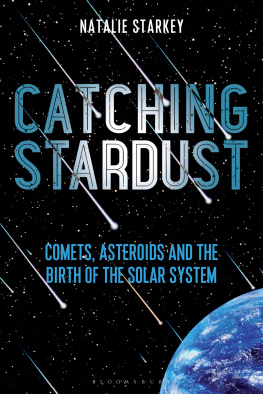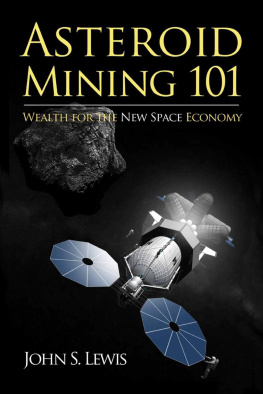Published in 2019 by Britannica Educational Publishing (a trademark of Encyclopdia Britannica, Inc.) in association with The Rosen Publishing Group, Inc.
29 East 21st Street, New York, NY 10010.
Copyright 2019 by Encyclopdia Britannica, Inc. Britannica, Encyclopdia Britannica, and the Thistle logo are registered trademarks of Encyclopdia Britannica, Inc. All rights reserved.
Rosen Publishing materials copyright 2019 The Rosen Publishing Group, Inc. All rights reserved.
Distributed exclusively by Rosen Publishing.
To see additional Britannica Educational Publishing titles, go to rosenpublishing.com.
Britannica Educational Publishing
J.E. Luebering: Executive Director, Core Editorial
Andrea R. Field: Managing Editor, Comptons by Britannica
Rosen Publishing
Nicholas Faulkner: Editor
Brian Garvey: Series Designer / Book Layout
Cindy Reiman: Photography Manager
Nicole DiMella: Photo Researcher
Library of Congress Cataloging-in-Publication Data
Names: Faulkner, Nicholas, editor. | Gregersen, Erik, editor.
Title: Asteroids, meteors, meteorites, and comets / edited by Nicholas Faulkner and Erik Gregersen.
Description: New York : Britannica Educational Publishing, in Association with Rosen Educational Services, 2019 | Series: The universe and our place in it | Includes bibliographical references and index. | Audience: Grades 712.
Identifiers: LCCN 2018008352| ISBN 9781680488753(ebook)
Subjects: LCSH: AsteroidsJuvenile literature. | MeteorsJuvenile literature. | CometsJuvenile literature.
Classification: LCC QB377 .A88 2018 | DDC 523.4dc23
LC record available at https://lccn.loc.gov/2018008352
Manufactured in the United States of America
Photo credits: Cover (top), p. 1 Carlos Fernandez/Moment/Getty Images; cover (bottom) Marc Ward/Stocktrek Images/Getty Images; back cover iStockphoto.com/lvcandy; p. 7 NASA/JPL/Caltech/WISE Team; p. 12 SPL/Science Source; pp. 15, 18-19, 29, 73, 97, 99 NASA/JPL-Caltech; p. 27 John Hopkins University/Applied Physics Laboratory/NASA; p. 28 JPL/NASA; p. 33 NASA; illustration by Don Davis; p. 35 Kirk McKoy/Los Angeles Times/Getty Images; p. 37 AFP/Getty Images; p. 43 S. Molau and P. JenniskensNASA Ames Research Center; pp. 44-45 Photos.com/Thinkstock; p. 48 Courtesy of D. Brownlee, University of Washington; photograph, M. Wheelock; pp. 49, 69, 86 NASA; pp. 50-51 Action Sports Photography/Shutterstock.com; pp. 52-53 NASA/JPL; p. 54 NASA/Johnson Space Center; pp. 56-57 Galyna Andrushko/Shutterstock.com; p. 58 Linda MartelANSMET/NASA; pp. 60-61 CTK via AP Images; p. 62 Francois Guillot/AFP/Getty Images; p. 66 Jeff Smith/Alamy Stock Photo; p. 71 De Agostini Picture Library/De Agostini/Getty Images; p. 77 F.J. Doyle/National Space Science Data Center; p. 89 Courtesy of H.U. Keller; copyright Max-Planck-Institut fur Aeronomie, Lindau, Ger., 1986; p. 103 NASA/National Space Science Data Center; interior pages background (blue triangles) DiamondGraphics/Shutterstock.com.
CONTENTS
S ometimes one can see a flash of light streak across the night sky and disappear. This is commonly called a shooti ng star, though they are not stars. They are small chunks of stone, metal, or other materials that orbit the Sun. Sometimes they enter Earths atmosphere and the friction generated by their great speed causes them to burn up. The fragments may either vaporize before traveling far or actually hit the ground.
These objects have different names depending on their location. One that is beyond Earths atmosphere is called a meteoroid. A meteoroid that enters Earths atmosphere is called a meteor. A meteor that actually lands on Earths surface is called a meteorite.
Meteorites, which are sturdy enough to reach the ground, are mostly pieces of asteroids, or huge rocks that orbit the Sun. Comets, on the other hand, are flimsy objects made mostly of frozen water, frozen gases, and some gritty material. They also orbit the Sun.
Meteoroids vary from small rocks to boulders weighing a ton or more. A relative few have orbits that bring them into Earths atmosphere and down to the surface as meteorites. Most meteorites that have been collected on Earth are probably from asteroids. A few have been identified as being from the Moon, Mars, or the asteroid Vesta.
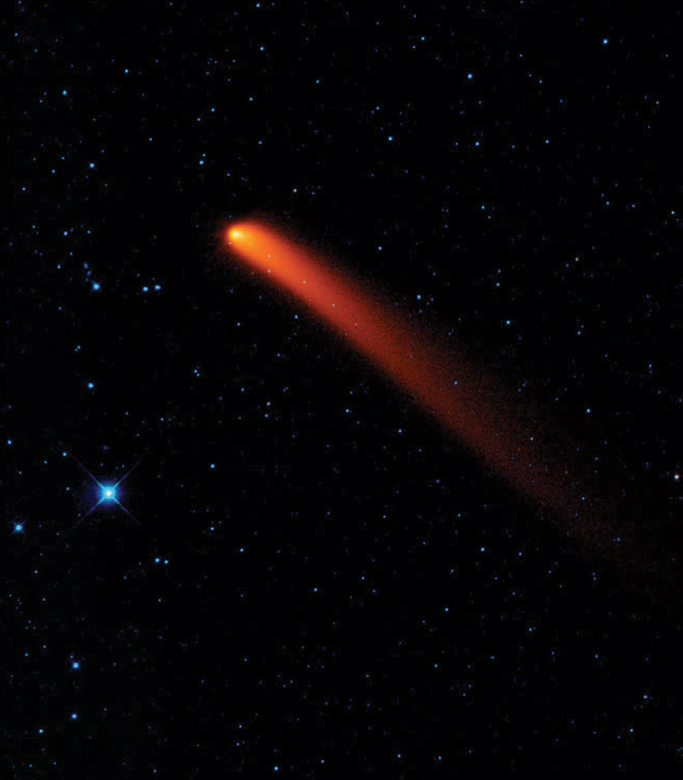
Comet Siding Spring appears to streak across the sky like a superhero in this infrared image from NASAs Wide-field Infrared Survey Explorer, or WISE.
Most meteoroids that enter the atmosphere heat up sufficiently to glow and appear as meteors, and the great majority of these vaporize completely or break up before they reach the surface. Some meteorites contain microscopic crystals whose isotopic proportions are unique and appear to be dust grains that formed in the atmospheres of different stars.
Most meteors that burn up in Earths atmosphere are tiny dustlike particles, the remains of disintegrated comets. Sometimes a swarm of meteoroids enters Earths atmosphere, causing a meteor shower, with tens or hundreds of shooting stars flashing across the sky in less than an hour. Virtually all these meteors burn up in the upper atmosphere.
More than 500,000 asteroids with well-established orbits are known, and thousands of additional objects are discovered each year. Hundreds of thousands more have been seen, but their orbits have not been as well determined. It is estimated that several million asteroids exist, but most are small, and their combined mass is estimated to be less than a thousandth that of Earth.
Many comets have been observed over the centuries. Comets are considered to come from a vast reservoir, the Oort cloud, orbiting the Sun and containing trillions of icy objects with the potential to become active comets. Most make only a single pass through the inner solar system, but some are deflected by Jupiter or Saturn into orbits that allow them to return at predictable times. Halleys Comet is the best known of these periodic comets, whose next return into the inner solar system is predicted for 2061.
Many short-period comets are thought to come from the Kuiper belt, a region lying beyond Neptunes orbit, but including part of Plutos, and housing perhaps hundreds of millions of comet nuclei. Very few comet masses have been well determined, but most are probably one-billionth the mass of Earth.
As scientists develop new technologies, they can more closely study these celestial bodies and gain insight into the formation of our solar system. By understanding what these bodies are composed of, researchers can better understand how the solar system originated and has evolved.
A steroids are small, rocky bodies that orbit, or travel around, the Sun. In general, they are materials left over from the formation of planets or are created when other bodies in space collide and break apart.
Most of the rocky asteroids move around the Sun in elliptical orbits in the same direction of the Suns rotation. Such motion is termed prograde. Looking down on the solar system from a vantage point above Earths North Pole, an observer would find that prograde orbits are counterclockwise. Orbits in a clockwise direction are called retrograde.
Between the orbits of Mars and Jupiter are a host of asteroids, about 1,000 km (600 miles) or less in diameter, that orbit in the nearby ring called the asteroid belt. Many astronomers consider the asteroid belt a demarcation point between the inner solar system (consisting mainly of the terrestrial planets) and the outer solar system. It is because of their small size and large numbers relative to the major planets that asteroids are also called minor planets. The two designations have been used interchangeably, though the term asteroid is more widely recognized by the general public. Among scientists, those who study individual objects with dynamically interesting orbits or groups of objects with similar orbital characteristics generally use the term minor planet, whereas those who study the physical properties of such objects usually refer to them as asteroids.

